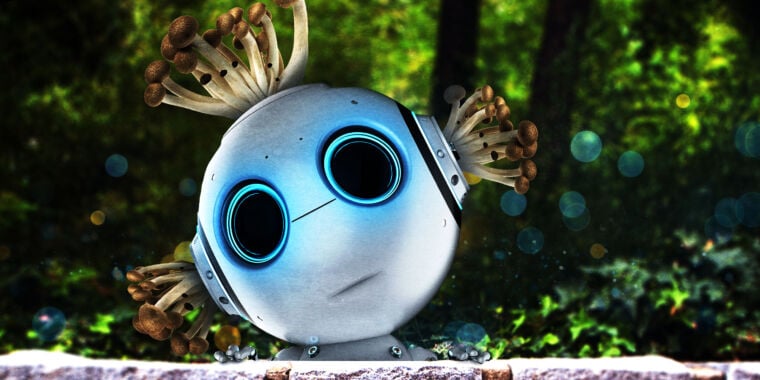Cyborg success: A fungus controls a robot, making it avoid the light
A mushroom’s response to environmental changes can be used to control a robot.
Most living organisms easily surpass machines when it comes to navigating real-world environments and adaptability to changing conditions. One way to bridge that gap is building biohybrid robots that merge synthetic machinery with biological components like animal muscles, bacteria, or plants.
But living muscles are very hard to keep alive in a machine, bacteria have a very short lifespan, and plants tend to react to things a bit slowly, like Ents in The Lord of the Rings. So, a team of scientists at Cornell University went down a different path and built biohybrid robots controlled by fungi, specifically, oyster mushrooms.
Robots controlled by fungi, despite giving strong Last of Us vibes, are a good idea on paper. Fungi are very easy to sustain and can live pretty much everywhere, including extreme environments like the Arctic, or even amid nuclear contamination. They’re also cheap to culture in large quantities and excel at reacting to environmental cues like exposure to light.
The key challenge, though, was interfacing them with robots, because how can you connect a robot to a mushroom?
The trick to interfacing the mycelium with an electrical system was to culture it in a 3D-printed scaffold until it basically grew into the electrodes after 14 to 33 days. But making a stable connection was one thing; reading its signals was quite another.
“under the control of a fungal overlord”
'Reminds me of a work situation I once had.



